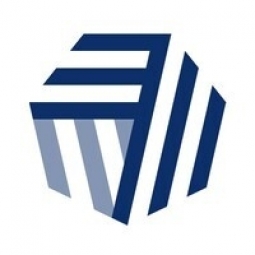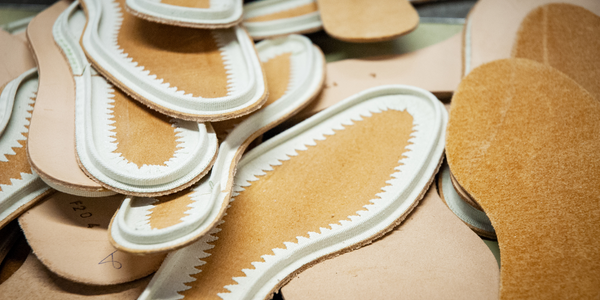Technology Category
- Functional Applications - Inventory Management Systems
- Functional Applications - Warehouse Management Systems (WMS)
Applicable Industries
- Apparel
- Finance & Insurance
Applicable Functions
- Sales & Marketing
- Warehouse & Inventory Management
Use Cases
- Inventory Management
- Picking, Sorting & Positioning
About The Customer
Pine Apparel is an apparel wholesaler that ships orders to boutiques throughout the United States. The company was founded by Michael Edwards, who started by selling dresses out of his car. Despite its growth, the company continued to operate as a small business, with outdated inventory and accounting systems. The team at Pine Apparel includes sales reps, accounting and warehouse staff, all of whom use the integrated software daily. The company faced challenges in managing its inventory due to the unique requirements of the apparel industry, and needed a solution that could provide real-time, accurate inventory data.
The Challenge
Pine Apparel, an apparel wholesaler, was struggling with outdated inventory and accounting systems that were not in line with the company's growth. The company was still operating as a small business, with inventory recorded on Excel sheets and processes documented in Google Drive. Sales were manually deducted, leading to a rush among the team. When Elise Ellis, the Director of Operations, joined the team in 2019, she was tasked with modernizing the company. However, she faced the challenge of finding an inventory solution that would best suit the business. The apparel industry has unique requirements, such as the need to record items sold as bundles and single stock items, and to manage a range of colors and sizes for the same item. Any disruption in the inventory chain could halt sales, adding to the complexity of the situation.
The Solution
Elise chose Cin7 over other competitors due to its ability to work with Shopify, its seamless functionality with the specialized requirements of the apparel industry, and its cost-effectiveness. Cin7 provided a reliable inventory system that Elise could trust. It allowed her to know what was available in real time across all systems and platforms. The company signed a contract with Cin7 in January 2020. Despite facing challenges such as the resignation of the Warehouse Manager and a slowdown in sales due to the COVID-19 pandemic, Elise found the transition to Cin7 stress-free due to the onboarding and support provided by the Cin7 team. Pine Apparel also integrated Cin7 with Xero, Shipstation, and Shopify, which provided accurate data across the business.
Operational Impact
Quantitative Benefit

Case Study missing?
Start adding your own!
Register with your work email and create a new case study profile for your business.
Related Case Studies.

Case Study
Fire Alarm System and Remote Monitoring Sytem
Fire alarm systems are essential in providing an early warning in the event of fire. They help to save lives and protect property whilst also fulfilling the needs of insurance companies and government departments.Fire alarm systems typically consist of several inter-linked components, such as smoke detectors, heat detector, carbon monoxide, manual call points, sounders, alarm and buzzer. The fire alarm system should give immediate information in order to prevent the fire spread and protect live and property.To get maximum protection a shoe manufacturer in Indonesia opted for a new fire alarm system to monitor 13 production sites spread over 160 hectars. Although the company had an existing fire alarm system, it could not be monitored remotely.It was essential that the new system would be able to be monitored from a central control room. It needed to be able to connect to the existing smoke detector and manual call point. Information should be easily collected and passed on to the Supervisory Control and Data Acquisition (SCADA) system. Furthermore, the system should have several features such as alarm management, auto reporting, being connected to many client computers without additional cost, and run 24/7 without fails. The company also needed a system which could be implemented without changing the architecture of the existing fire alarm system.
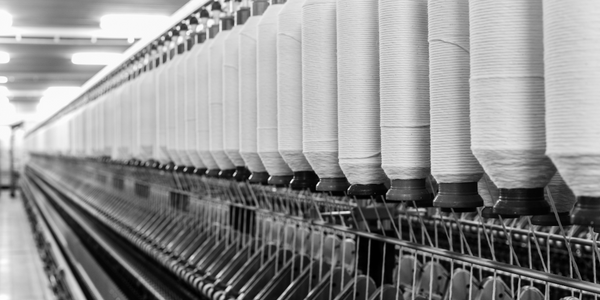
Case Study
IoT Applications and Upgrades in Textile Plant
At any given time, the textile company’s manufacturing facility has up to 2,000 textile carts in use. These carts are pushed from room to room, carrying materials or semi-finished products. Previously, a paper with a hand-written description was attached to each cart. This traditional method of processing made product tracking extremely difficult. Additionally, making sure that every cart of materials or semi-finished products went to its correct processing work station was also a problem. Therefore, the company desired an intelligent solution for tracking assets at their factories. They also wanted a solution that would help them collect process data so they could improve their manufacturing efficiency.
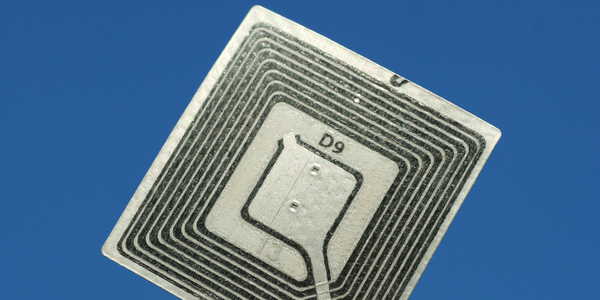
Case Study
Retailer Uses RFID Scanner to Improve Efficiency
Patrizia Pepe wished to improve the logistics of their warehouse: accepting incoming goods from their production sites, movement of items throughout
the warehouse, and packaging of goods for distribution to the retail locations. They initially tried to use barcodes for this function. Because barcodes must be individually scanned within a line-of-sight, the acceptance of goods coming into the warehouse was too time consuming. Working with the University of Florence, Patrizia Pepe instituted a five-month pilot project beginning in August of 2009 to test the validity of an RFID solution. The pilot involved tagging of about 60,000 items for the second seasonal collection, and convinced the company to move forward with tagging all items.

Case Study
Real-time In-vehicle Monitoring
The telematic solution provides this vital premium-adjusting information. The solution also helps detect and deter vehicle or trailer theft – as soon as a theft occurs, monitoring personnel can alert the appropriate authorities, providing an exact location.“With more and more insurance companies and major fleet operators interested in monitoring driver behaviour on the grounds of road safety, efficient logistics and costs, the market for this type of device and associated e-business services is growing rapidly within Italy and the rest of Europe,” says Franco.“The insurance companies are especially interested in the pay-per-use and pay-as-you-drive applications while other organisations employ the technology for road user charging.”“One million vehicles in Italy currently carry such devices and forecasts indicate that the European market will increase tenfold by 2014.However, for our technology to work effectively, we needed a highly reliable wireless data network to carry the information between the vehicles and monitoring stations.”
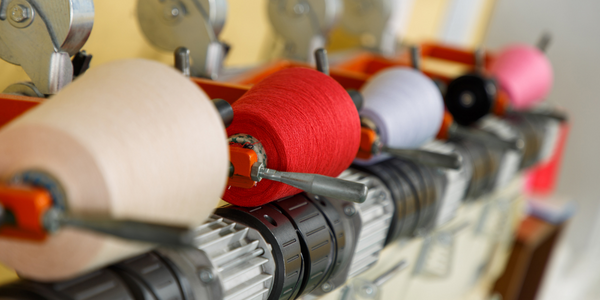
Case Study
Monitoring and Controlling Automatic Mixing and Dispensing Machines
As technology advances, textile manufacturing has been transformed from a labor-intensive to a partially or fully automated industry. Automation is significant in all segments of textile production - from spinning to printing, and textile machinery manufacturers are constantly searching for new technologies and automation processes will increase the productivity of their machines. The color paste mixing and dispensing machine is an essential part of the printing and dyeing process. With the advantage of automatically computerized controls and database management, the system can significantly improve its dispensing precision, working efficiency and production quality as well as reducing material consumption.




